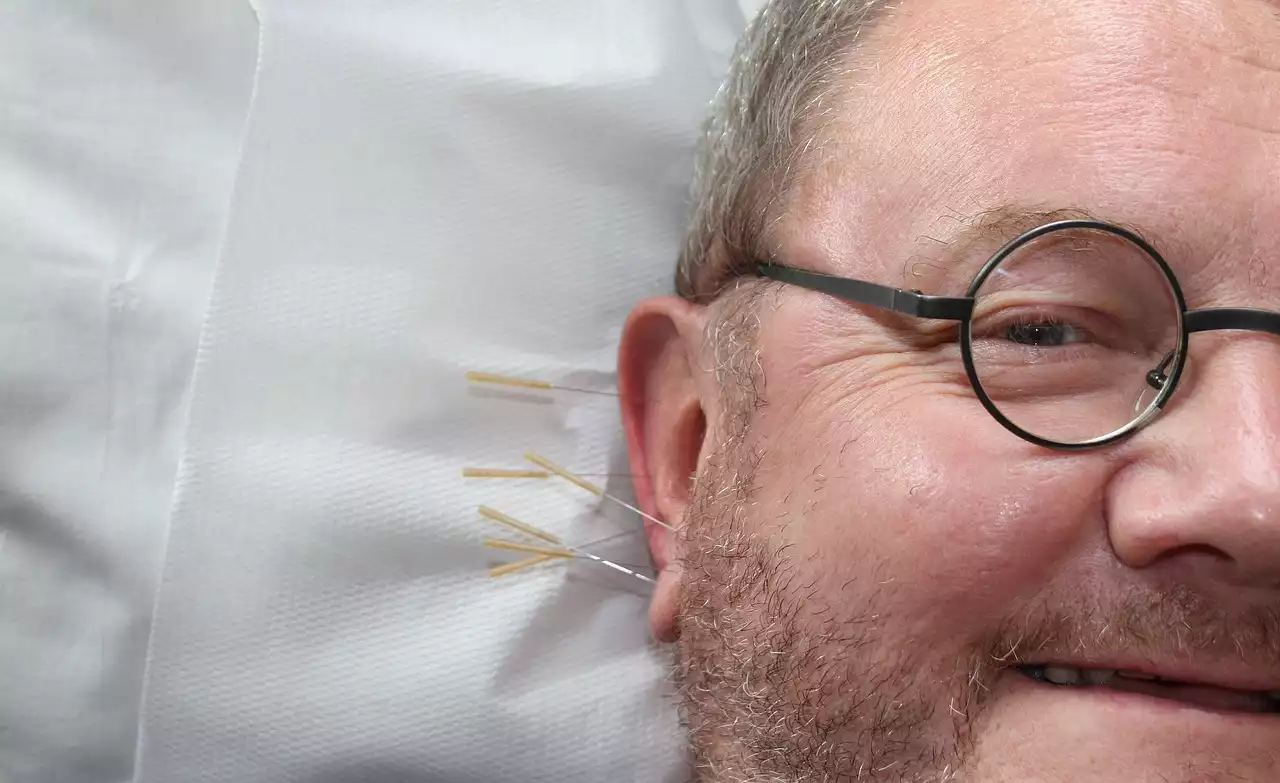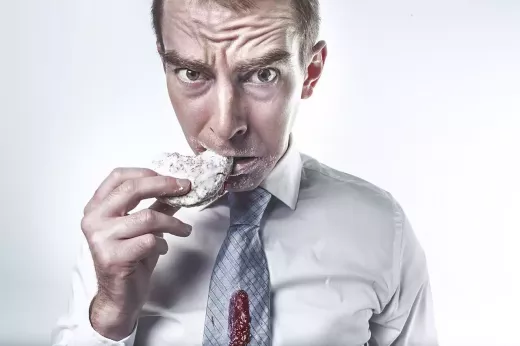Understanding Panic Attacks
Before diving into the tips, it's important to understand what panic attacks are and what causes them. Panic attacks are a sudden onset of intense fear or discomfort that reaches its peak within minutes. The symptoms can be physical, such as heart palpitations, sweating, and trembling, or psychological, such as a feeling of dread or impending doom. Panic attacks can be triggered by a variety of factors, such as stress, trauma, genetic predisposition, or a combination of these.
It's important to note that panic attacks are not dangerous, but they can be distressing and disruptive to your daily life. Once you understand what panic attacks are and what causes them, you can begin to take steps to manage them effectively.
Identifying Triggers for Panic Attacks
One of the key strategies in overcoming panic attacks is to identify the triggers that cause them. Triggers can be anything from a certain situation or environment to a particular thought or feeling. Identifying your triggers can help you anticipate and prepare for potential panic attacks.
To identify your triggers, try keeping a journal of your panic attacks. Write down the time, location, and any other details that may be relevant. Look for patterns or commonalities between your panic attacks. For example, you may notice that you tend to have panic attacks in crowded places or when you're under a lot of stress. Once you've identified your triggers, you can begin to take steps to avoid or manage them.
5 Tips to Overcome Panic Attacks
Now that you understand what panic attacks are and what triggers them, let's dive into 5 tips to help you overcome them.
Tip 1: Deep Breathing Exercises
Deep breathing exercises are a simple and effective way to calm your body and mind during a panic attack. When you're in the midst of a panic attack, your breathing may become shallow and rapid, which can make the symptoms worse. By taking slow, deep breaths, you can slow down your heart rate and reduce your feelings of panic.
To practice deep breathing, find a quiet place to sit or lie down. Place one hand on your chest and the other on your belly. Breathe in slowly through your nose, feeling your belly rise as you inhale. Hold your breath for a few seconds, then exhale slowly through your mouth, feeling your belly fall as you exhale. Repeat this cycle for several minutes until you feel calmer.
Panic Attack Treatment Using Deep Breathing
Tip 2: Mindfulness Meditation
Mindfulness meditation is a practice that involves focusing your attention on the present moment without judgment. It can help you cultivate a sense of calm and acceptance, which can be helpful in managing panic attacks.
To practice mindfulness meditation, find a quiet place to sit comfortably. Close your eyes and focus your attention on your breath. Notice the sensation of the air entering and leaving your body. If your mind starts to wander, gently bring your attention back to your breath. Try to maintain this focus for several minutes. With practice, you can increase the amount of time you spend in meditation.
Tip 3: Progressive Muscle Relaxation
Progressive muscle relaxation is a technique that involves tensing and relaxing your muscles in a systematic way. It can help you release tension and reduce your feelings of anxiety.
To practice progressive muscle relaxation, find a quiet place to lie down. Starting with your toes, tense your muscles for a few seconds, then release the tension and relax. Move up your body, tensing and relaxing each muscle group as you go. Focus on the sensation of the tension and relaxation. Repeat this cycle for several minutes until you feel more relaxed.
Tip 4: Cognitive Behavioral Therapy (CBT)
Cognitive Behavioral Therapy (CBT) is a type of therapy that focuses on changing negative thoughts and behaviors. It can be effective in treating panic attacks by helping you identify and challenge the thoughts that contribute to your anxiety.
CBT involves working with a therapist to identify your negative thought patterns and develop strategies to replace them with more positive, realistic ones. It can also involve exposure therapy, which involves gradually exposing yourself to the situations or environments that trigger your panic attacks. CBT can be a highly effective treatment for panic attacks, but it typically requires a commitment to regular therapy sessions.
Tip 5: Seeking Professional Help
If you're struggling with panic attacks, it's important to seek professional help. A mental health professional can help you develop a personalized treatment plan that addresses your specific needs. They can also help you identify any underlying mental health conditions, such as anxiety or depression, that may be contributing to your panic attacks.
There are a variety of treatment options available, including therapy, medication, and self-help strategies. Your mental health professional can help you determine which approach is best for you.
Panic Attack Prevention Strategies
In addition to these tips for managing panic attacks, there are also several strategies you can use to prevent them from occurring in the first place. These include:
- Practicing self-care, such as getting regular exercise, eating a healthy diet, and getting enough sleep
- Avoiding alcohol and drugs, which can exacerbate anxiety
- Learning stress management techniques, such as yoga or tai chi
- Seeking support from friends and family
By incorporating these strategies into your daily life, you can reduce your overall level of anxiety and prevent future panic attacks.










